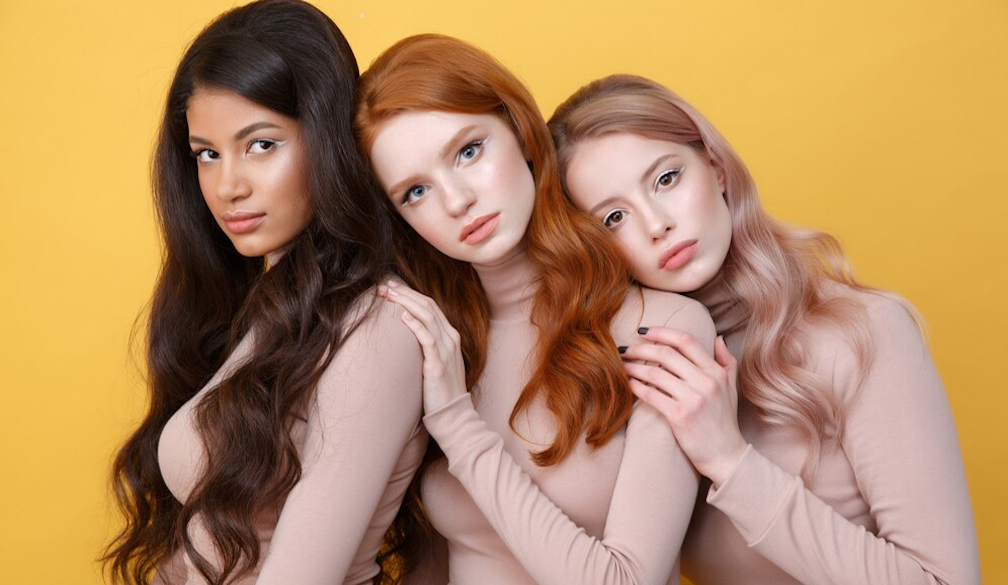Exploring the Different Types of Hair Wigs: A Comprehensive Guide

Hair wigs offer a versatile solution for those looking to change their look, address hair loss, or simply experiment with different styles. With numerous types of wigs available, choosing the right one can be overwhelming. This comprehensive guide explores the various types of hair wigs, their features, and the benefits of each, helping you make an informed decision about which wig is best suited to your needs.
Synthetic Wigs
Overview
Synthetic wigs are made from artificial fibres designed to mimic the look and feel of natural hair. These wigs are pre-styled, meaning they retain their shape and style after washing. They are often more affordable compared to natural hair wigs and come in a wide range of colours and styles.
Benefits
- Low Maintenance: Synthetic wigs require minimal upkeep, as they do not need to be styled after washing.
- Affordability: Generally, synthetic wigs are less expensive than their natural counterparts, making them a budget-friendly option.
- Variety: Available in numerous colours and styles, synthetic wigs offer versatility and the chance to try new looks without commitment.
Considerations
- Heat Sensitivity: Most synthetic wigs cannot withstand high temperatures, so heat styling tools should be avoided.
- Durability: While cost-effective, synthetic wigs may not last as long as natural hair wigs with regular use.
Human Hair Wigs
Overview
Human hair wigs are made from real hair collected from donors. These wigs offer the most natural look and feel, as well as the flexibility to style and treat them just like your own hair. They can be dyed, curled, straightened, and cut according to your preference.
Benefits
- Natural Appearance: Human hair wigs provide a realistic look and feel, blending seamlessly with your own hair.
- Styling Flexibility: These wigs can be styled using heat tools and products, allowing you to achieve a wide range of hairstyles.
- Longevity: With proper care, human hair wigs can last significantly longer than synthetic wigs.
Considerations
- Higher Cost: Human hair wigs are generally more expensive due to the quality and sourcing of the hair.
- Maintenance: They require more care and regular maintenance, including washing and conditioning to keep them looking their best.
Lace Front Wigs
Overview
Lace front wigs feature a lace panel at the front hairline, providing a natural-looking hairline and allowing for versatile styling options. The rest of the wig is typically made from a more durable material.
Benefits
- Natural Hairline: The lace front creates a seamless and natural hairline, enhancing the realism of the wig.
- Versatile Styling: Lace front wigs can be styled away from the face, offering greater flexibility in hairstyles.
Considerations
- Application: Lace front wigs require careful application and may need to be glued or taped down for a secure fit.
- Maintenance: The lace panel requires gentle handling to avoid damage and maintain the natural appearance.
Full Lace Wigs
Overview
Full lace wigs have a lace cap that covers the entire head, allowing for a natural appearance all around. This type of wig offers the most flexibility in styling, including the ability to create updos and high ponytails.
Benefits
- 360-Degree Natural Look: The full lace construction provides a natural appearance from all angles, including the nape of the neck.
- Styling Flexibility: Full lace wigs offer complete freedom in styling, including the ability to part the hair anywhere and wear it in various updos.
Considerations
- Cost: Full lace wigs are among the most expensive types due to their intricate construction and material.
- Care: They require careful handling and maintenance to preserve the lace and ensure longevity.
Monofilament Wigs
Overview
Monofilament wigs feature a sheer mesh material at the crown, creating the illusion of natural hair growth from the scalp. This design allows for a realistic parting and enhances comfort.
Benefits
- Realistic Parting: The monofilament top allows for a natural-looking part and provides the illusion of hair growing directly from the scalp.
- Comfort: The breathable mesh material offers greater comfort, particularly for those with sensitive scalps.
Considerations
- Cost: Monofilament wigs are often more expensive due to the specialised material and construction.
- Maintenance: The delicate mesh requires careful handling to maintain its appearance.
Conclusion
Choosing the right hair wig involves considering factors such as budget, desired look, and maintenance preferences. Whether you opt for a synthetic wig for its low cost and ease of care or a human hair wig for its natural appearance and styling flexibility, each type offers distinct advantages. By understanding the various types of wigs and their features, you can make an informed decision that best suits your needs and lifestyle. Whether for fashion, function, or a combination of both, the perfect wig can enhance your confidence and transform your look.
